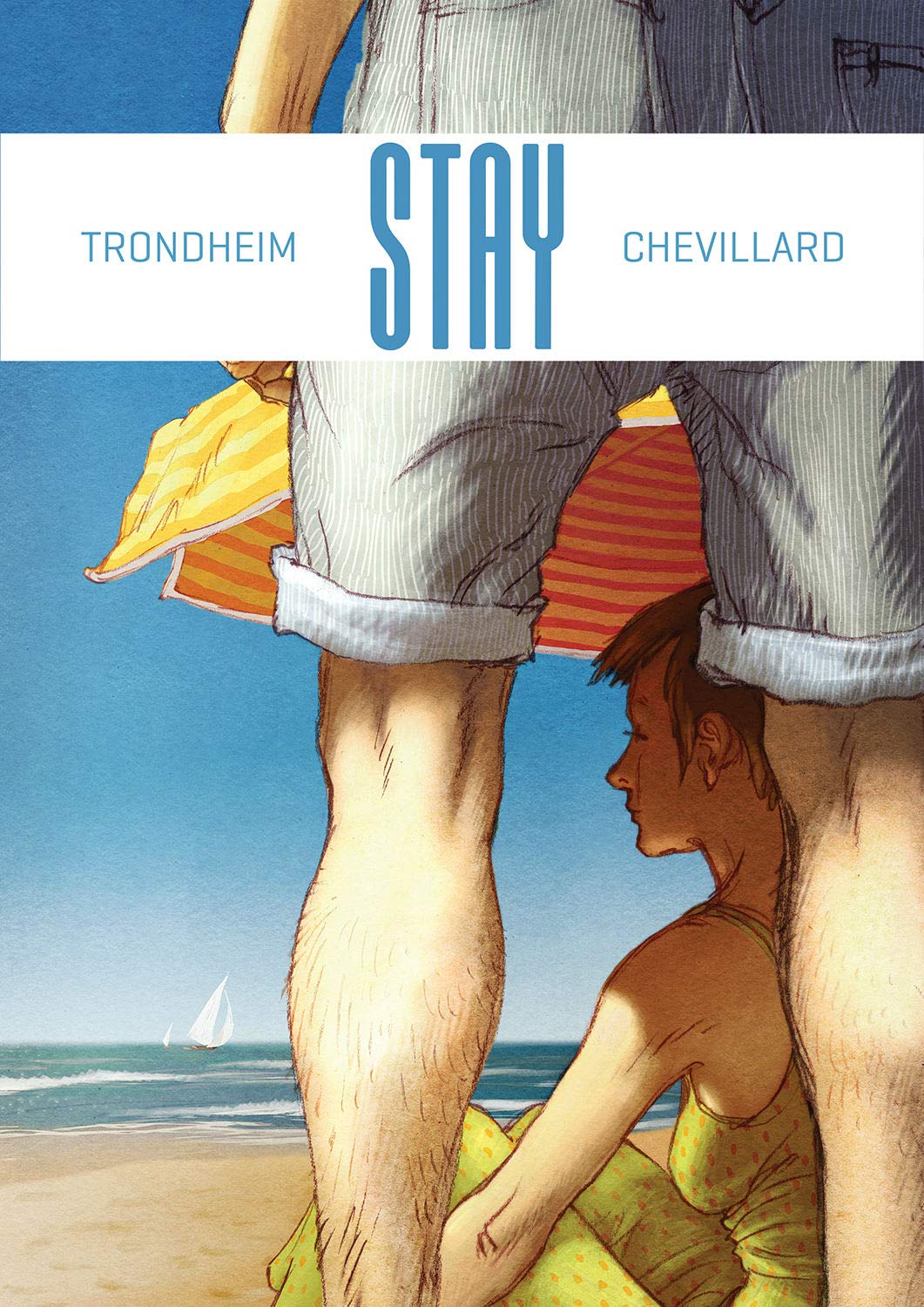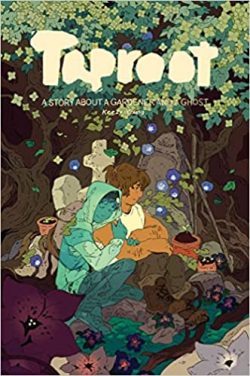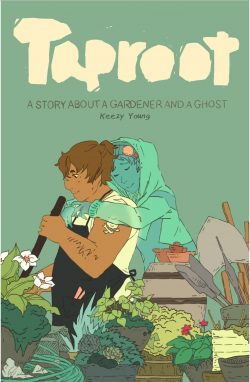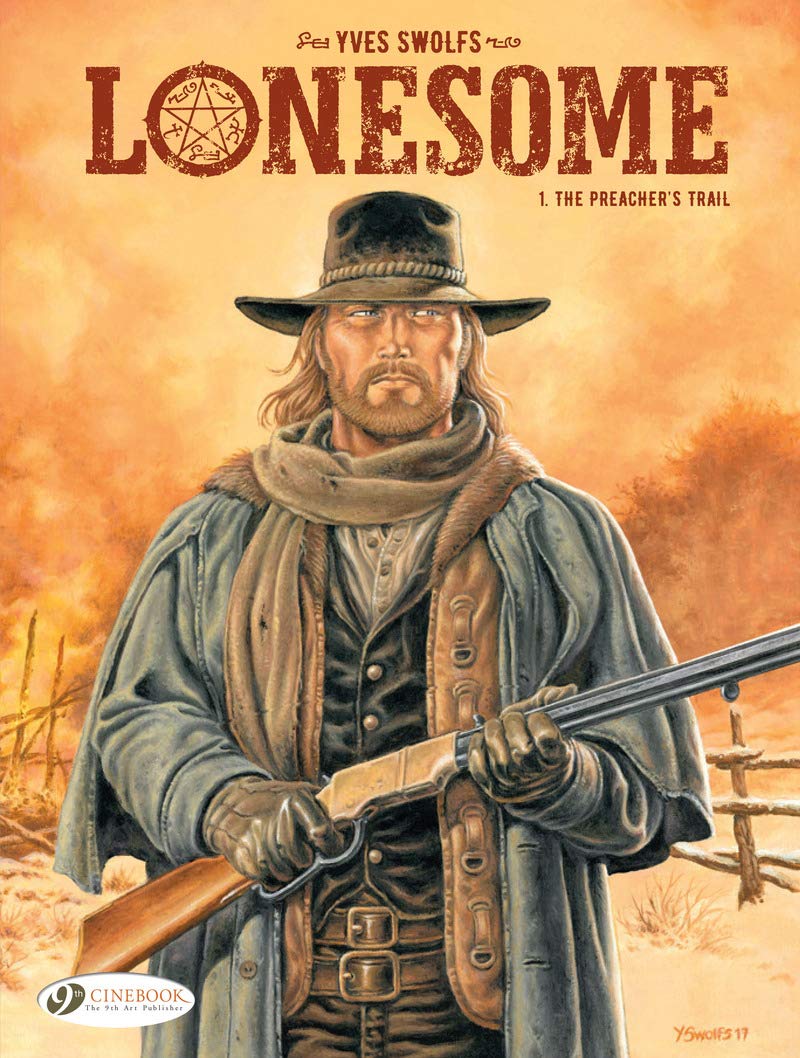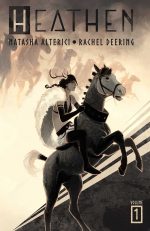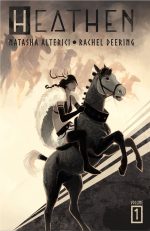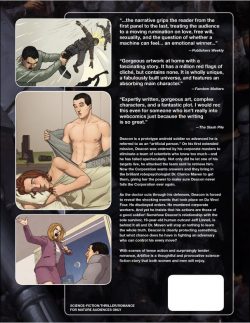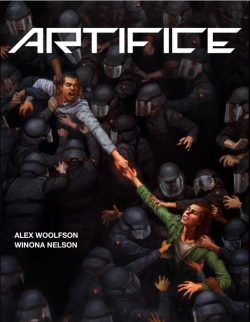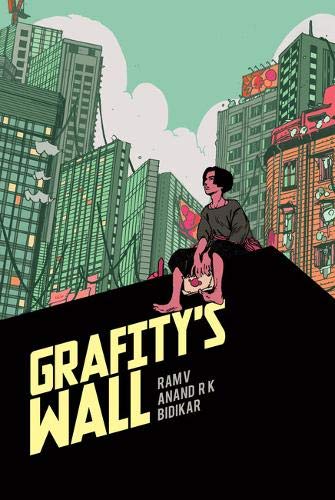
By Ram V, Anand Radhakrishnan, Aditya Bidikar & various (Unbound)
ISBN: 978-1-78352-684-0 (HB) eISBN: 978-1-78352-686-4
Ram V (AKA Ram Venkatesan) began professionally writing comics while still resident in Mumbai. His acclaimed 2012 series Aghori preceded a move to Britain for a Creative Writing MA at the City of London University. Since then he’s become a prolific creator with series like Black Mumba; The Many Deaths of Laila Starr; Ruin of Thieves; Paradiso; Blue in Green; Radio Apocalypse and Brigands, backed up with US superhero mainstream forays such as Marvel’s Venom and DC’s Justice League Dark; Catwoman, a new Swamp Thing and Batman: Gotham Nocturne.
In 2018 he returned to his roots for a richly compelling coming-of-age story with a dash of whimsy and a splash of heart, brimming with dangerous optimism and soaked in the dark passions of life lived on the line between subsistence and glory. It’s a timeless and familiar tale of winning and losing encompassing self-expression, rebellion, ambition and acceptance.
It probably has a Bhangra or desi hip hop soundtrack, but if you play early rock ‘n’ roll hits while reading it, you could believe you’re watching a Bollywood remake of American Graffiti…
Huge, thriving, bustling cities like Mumbai have a life all their own: a miasma of need, urgency and desperation underpinning every moment and aspect of existence. Everyone is trying to get by and get on. And amidst those masses there will always be some who stand out and stand apart…
Mumbai is special: a modern metropolis with no respect for its past, cramming together rich and poor alike whilst continually mixing the best and worst of everywhere else into an ever-evolving social soup A cultural vampire, the place finds room for every foreign fad and fashion, but always merges and remakes it with what has gone before…
The story opens in ‘What Goes Up’ as, in the heart of that constant churn, street artist Grafity paints walls with spray cans. Little Suresh Naik just can’t help himself, despite countless costly and painful confrontations with policemen: blank walls just call to him and demand he makes magic on them.
He’s lucky he has Jayesh looking out for him. Even fiercely pragmatic “Jay” has dreams – he wants to be a major American style rapper – but he also understands exactly how the world works and who needs paying at every level. That’s why he’s trapped acting as fixer and drug mule for minor gangster Mario…
The dreamers – and vanishingly quiet, ever-observing student Chasma – are closer than the family who cannot understand them and, when it’s not trying to crush them, the city belongs to them. For all its allure, though, they can’t imagine anything better than leaving it behind forever…
Their lives all change when the ramshackle Kundan Nagar slums are razed for a new development. In the aftermath, Grafity finds a lone pristine, wall defiantly standing proud and knows it must carry his mark…
In ‘What Goes Up’, he’s laying the groundwork for a masterpiece, with Jay and Chasma idly watching, Grafity realises Mario has found them. The hood and his new arm candy Saira are figures of terror, especially since Jay used the gangster’s money to buy the tagger’s freedom from the cops. In calculated retaliation, Mario throws his weight around and gives Jay a delivery designed to prevent him from playing at his first major gig…
The wall becomes Grafity’s testament, changing daily to record the events that inevitably engulf those around him. The worst is seeing Jay slowly sucked down into the morass of petty crime and expedient compromises, becoming colder and harder inside…
Chasma is fat, slow-seeming and looks a bit Chinese. It’s how he got his job waiting tables at the Dragon Wok restaurant, where the closet intellectual talks to interesting people while taking their orders.
Exploring the concept of ‘American Chop Suey’ – as carefully explained by the diner’s well-seasoned chef – Chasma applies it to his creative efforts: making time to work on his writing and model own grand dreams. Many of them centre around Mario’s “girlfriend” Saira, and he assuages his frustrations by writing letters to anonymous passers-by. He’s become used to being ridiculed, bullied and beaten up by strangers, which is why it’s so hard when Jay starts doing it…
Graphity’s masterpiece grows more magnificent and revelatory by the moment in ‘Bambai Talkies’, and watching him work utterly captivates his friends. When Saira joins the vigil and strikes up a conversation with Chasma, the writer is carried away in her vivacious wake. She wants to be an actress and soon the boys join her in regular afternoon movie matinees.
When she says she’s quitting the rat race and leaving Mumbai, Chasma agrees to go with her, even after discovering she’s funding the getaway with a case full of the gangster’s money…
When Mario finds them, Chasma makes a supreme sacrifice worthy of a storybook hero, provoking Jay and Grafity to do the same in their own manner…
Illustrated with warmth, edgy versatility and a profound appreciation of street art and hip hop style by Anand Radhakrishnan and benefitting from imaginative colouring by Jason Wordie, Irma Kniivila and letters from Aditya Bidikar, this paean to the Places We Came From, the danger of aspiration and the power of hopes and dreams is an exotic and memorable delight: the kind of Eastern promise you can depend on.
© 2018 Ram Venkatesan, Anand Radhakrishnan. All rights reserved.



